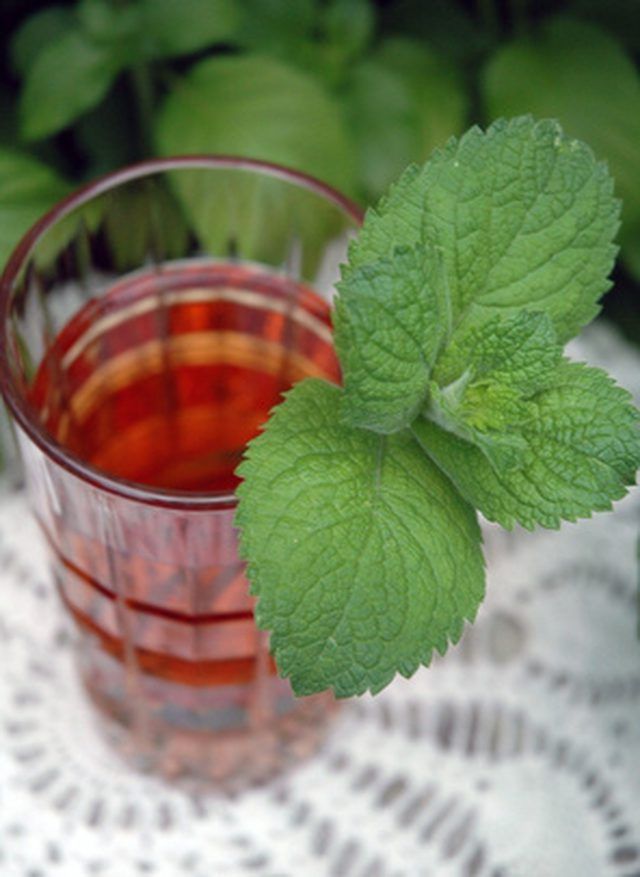Bulbs
Flower Basics
Flower Beds & Specialty Gardens
Flower Garden
Garden Furniture
Garden Gnomes
Garden Seeds
Garden Sheds
Garden Statues
Garden Tools & Supplies
Gardening Basics
Green & Organic
Groundcovers & Vines
Growing Annuals
Growing Basil
Growing Beans
Growing Berries
Growing Blueberries
Growing Cactus
Growing Corn
Growing Cotton
Growing Edibles
Growing Flowers
Growing Garlic
Growing Grapes
Growing Grass
Growing Herbs
Growing Jasmine
Growing Mint
Growing Mushrooms
Orchids
Growing Peanuts
Growing Perennials
Growing Plants
Growing Rosemary
Growing Roses
Growing Strawberries
Growing Sunflowers
Growing Thyme
Growing Tomatoes
Growing Tulips
Growing Vegetables
Herb Basics
Herb Garden
Indoor Growing
Landscaping Basics
Landscaping Patios
Landscaping Plants
Landscaping Shrubs
Landscaping Trees
Landscaping Walks & Pathways
Lawn Basics
Lawn Maintenance
Lawn Mowers
Lawn Ornaments
Lawn Planting
Lawn Tools
Outdoor Growing
Overall Landscape Planning
Pests, Weeds & Problems
Plant Basics
Rock Garden
Rose Garden
Shrubs
Soil
Specialty Gardens
Trees
Vegetable Garden
Yard Maintenance
Facts About Mint Leaves
Facts About Mint Leaves. The mint plant is notorious for running rampant in gardens. Many gardeners choose to grow them in containers to prevent gardens from becoming dedicated mint beds. However, even with containers, constant vigilance is necessary. The spread can be kept to a manageable level by steadily harvesting the leaves of the plant,...

The mint plant is notorious for running rampant in gardens. Many gardeners choose to grow them in containers to prevent gardens from becoming dedicated mint beds. However, even with containers, constant vigilance is necessary. The spread can be kept to a manageable level by steadily harvesting the leaves of the plant, which have many uses.
History
While mint plants flourish all over the world, they are native to the Mediterranean and were spread by the Roman Empire. A Greek myth tells of an elderly couple taking the time to wipe down their table with mint leaves before serving a meal to traveling strangers; when the strangers revealed themselves as the gods Zeus and Hermes, the couple was richly rewarded. The herb was associated with hospitality and was often strewn on floors to combat odor and pests.
Growing Mint
For the best leaf production, mint should be planted in full to partial sunlight; it will grow in most types of soil, but thrives best when it is not constantly wet. The plants can be counted to reproduce on their own, but additional plants can be grown by stem and root cuttings.
Hybrids
A dizzying number of mint hybrids have been grown. Peppermint and spearmint are the two most traditional forms. Smooth-leaved peppermint has the most potent amount of menthol, while spearmint, with toothed and often curly leaves, has a sweeter flavor. Varieties with a hint of fruit flavor abound, including apple, orange and pineapple; golden-apple mint and pineapple mint have leaves flecked with yellow or white. Chocolate mint leaves have dark brown-veined leaves and truly have a mint chocolate flavor.
Drying Mint Leaves
The simplest way to preserve mint leaves is by drying them. Leaves should be rinsed quickly in cold water. If the leaves are still attached to their stems, the leaves can be hung upside down in a sunless, warm, dry place, or can be removed from their stems, spread on a clean metal screen and placed in an oven set to a very low temperature (200 degrees Fahrenheit or lower).
Culinary Uses
Mint leaves can be candied using egg whites and sugar for a treat on their own or as a dessert topping. They can be added to mixed greens in a salad, jellied, or made into simple dessert syrup. Mint leaves are often used in sauces for lamb dishes, and are a popular, simple way to dress peas. They flavor homemade ice cream and granitas. Mint leaves can be crushed for use in mint juleps or mojitos, added to chocolate liqueur for a dessert drink, or simply be frozen into flavorful ice cubes.
Historic Medicinal Uses
Fresh or dried mint leaves can be chopped and steeped to make mint tea, an especially refreshing drink served iced. Historically, mint tea was used to aid digestion and relieve nasal congestion. Some archaeological evidence suggests that Greek athletes used mint leaves to soothe sore muscles, as a predecessor to modern menthol-containing topical analgesics.